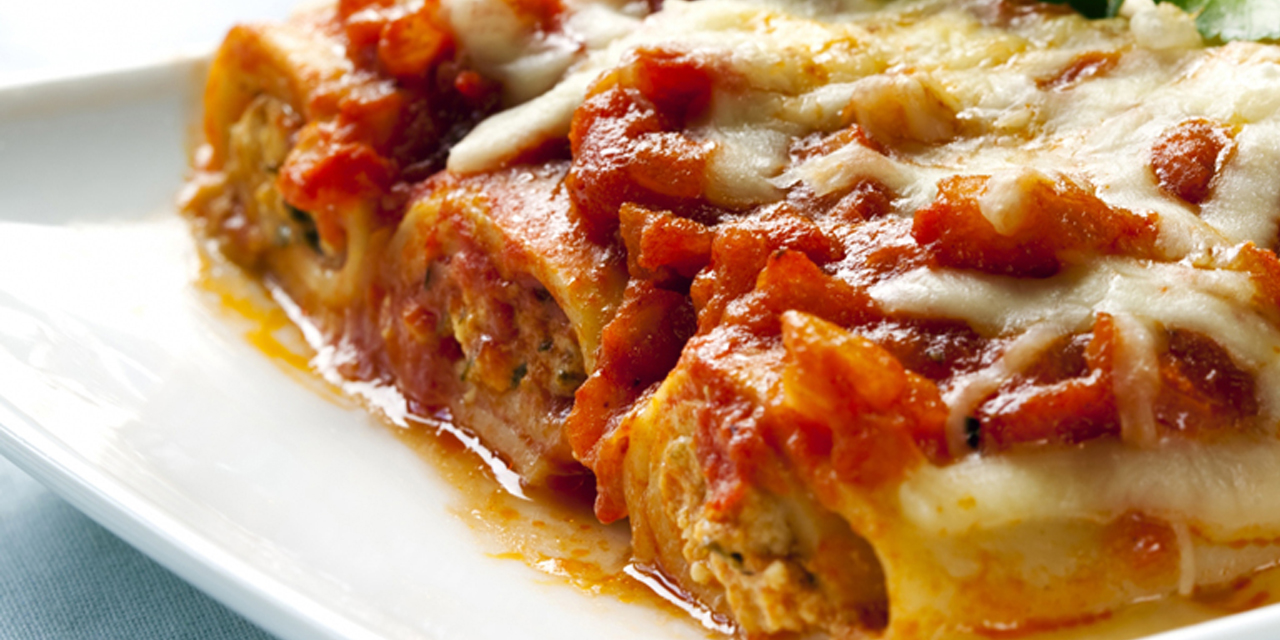
The first written record about cannelloni is mentioned by Gio Batta Magi from Arezzo, who mentioned it among his Tuscan recipes. However, it is said that their birth occurred shortly afterwards in Campania, more or less in the first half of the nineteenth century. At the time the Neapolitan cook Vincenzo Corrado mentioned in his book “The Cook Galante” the recipe for a large pacchero , first boiled and then filled with a stuffing made with meat and truffles and then covered with a meat sauce and baked. Although the invention of the cannelloni remains uncertain and although there are few writings and cookbooks of the time that referred to it, it is assumed that this was initially a poor dish and a collection of leftovers , consumed especially during the holidays.
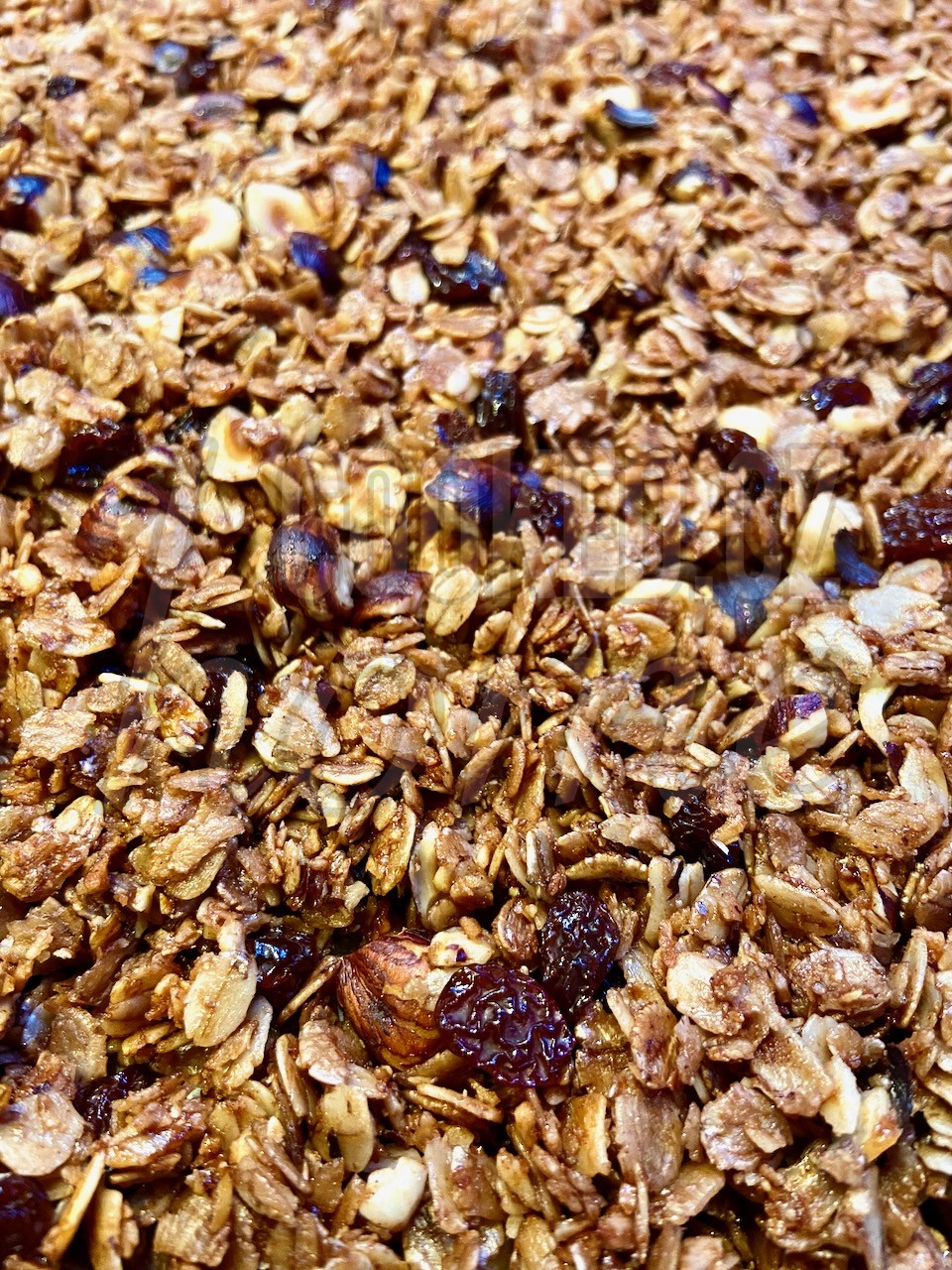
Why spending fortune of granola bars or granola mix if you can make one for fraction of a price? Hardest part of baking granola is knowing when the granola is done. Using a low oven temperature helps dry out the granola without over-baking it, but keep in mind that the granola won’t be dry right out of the oven, it will dry as it cools, so take it out of the oven when it looks lightly toasted and smells like cooked honey. We’re going for a toasty smell here.
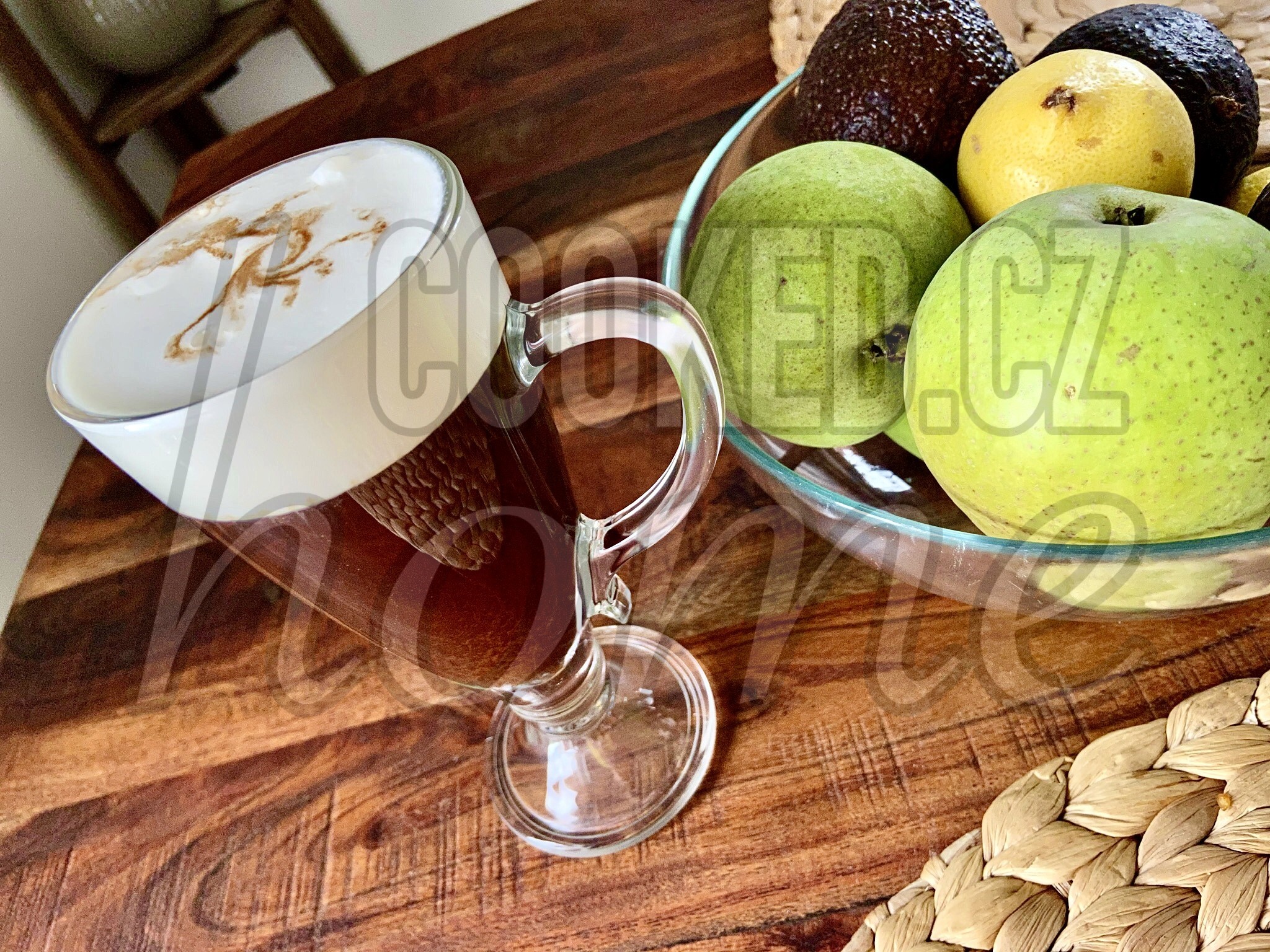
Irish coffee originated in a pub called Dolphin in Dublin in 1940. The drink eventually spread to Foynes Port, and/or Sheridan had the drink before, and it led to him serving it to the passengers at the airport. Some also credit its U.S. origin in New York, instead of San Francisco. The first instance of Irish coffee in the U.S. is a New York food critic, Clementine Paddleford, talking about St. Patrick’s Day in 1948. She talks about Irish Coffee and its recipe, which is similar to the one we have today. This did come before Irish Coffee in San Francisco, but San Francisco is where the coffee really took off, so the New York origin is often ignored.
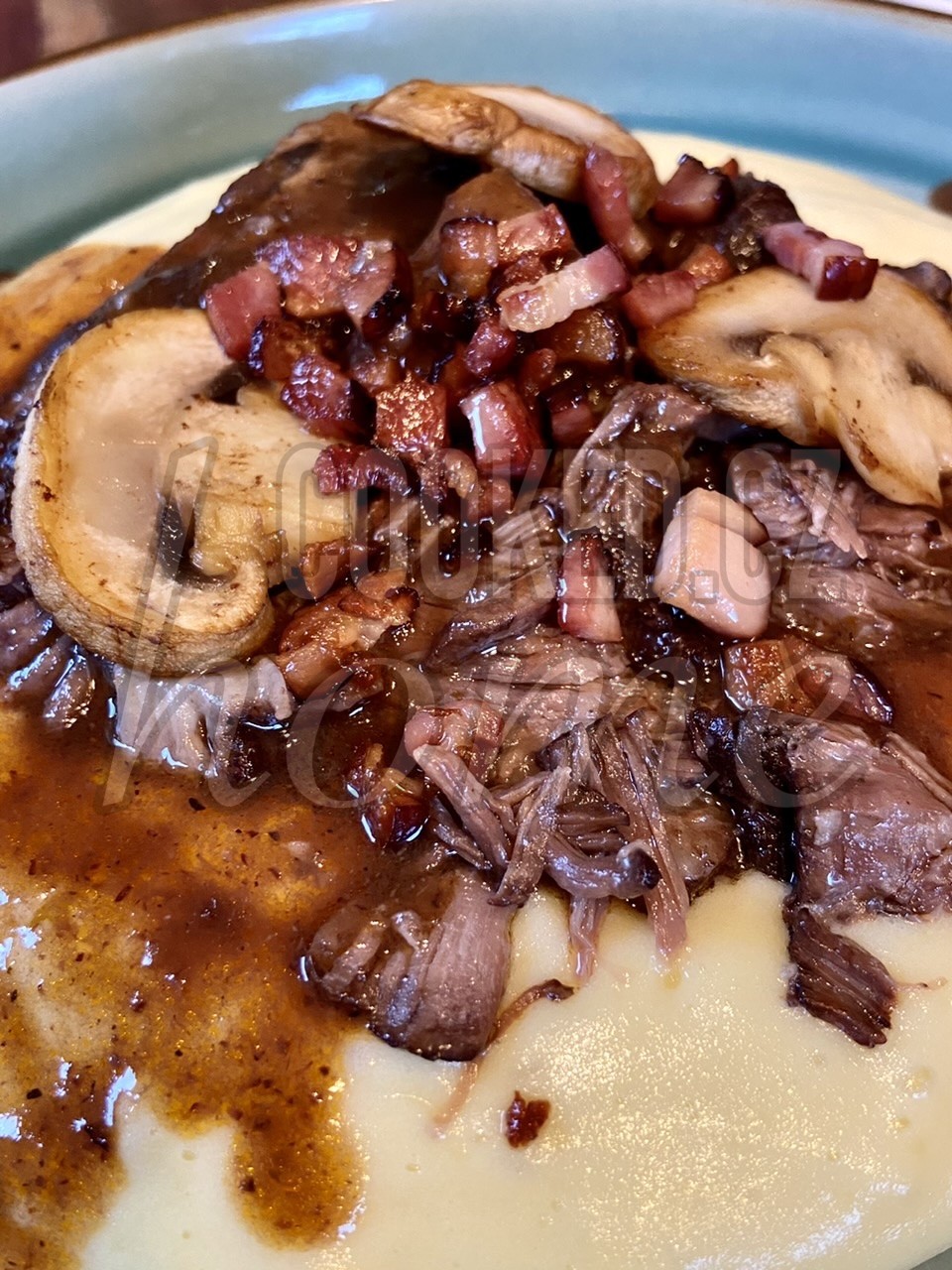
Boeuf Bourguignon is a traditional French dish that originated in the Burgundy region of France. The origins of Boeuf Bourguignon can be traced back to the Middle Ages, when peasants and farmers in the Burgundy region would cook tough cuts of beef in red wine to tenderize the meat. The dish was typically served with bread or potatoes and was a staple of the region’s cuisine. Over time, the recipe for Boeuf Bourguignon became more refined, with additional ingredients such as onions, bacon, and mushrooms being added to the dish. The wine used to cook the beef also became an important component of the recipe, with many chefs using Burgundy wine to give the dish its distinct flavor. In the early 20th century, Boeuf Bourguignon gained popularity outside of France thanks to the efforts of culinary writers and chefs such as Auguste Escoffier and Julia Child. Julia Child included a recipe for the dish in her famous cookbook “Mastering the Art of French Cooking,” which helped popularize the dish in the United States and other countries.
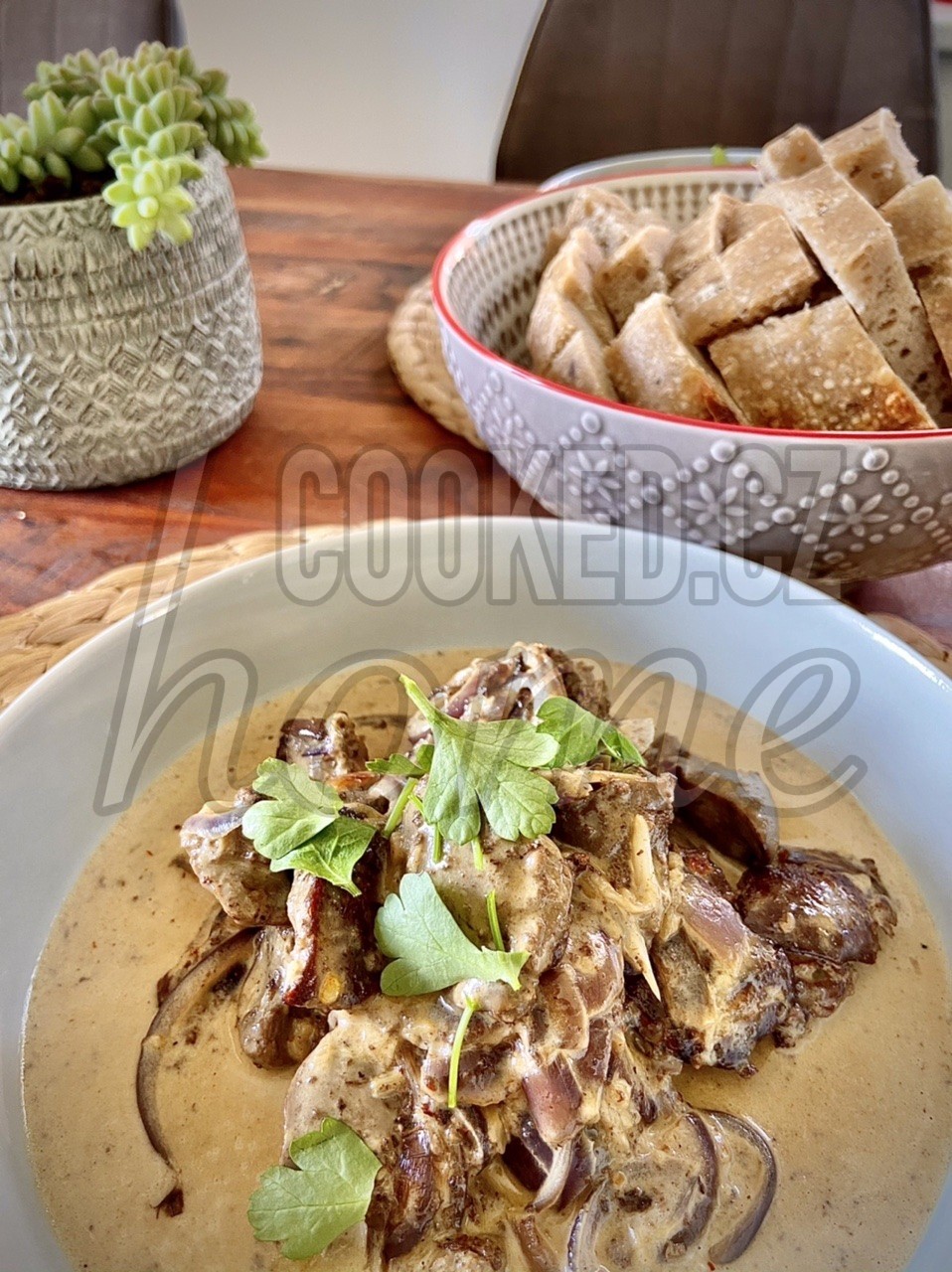
Chicken is one of the oldest and most common ingredients. Recipe for chicken liver is really hard to position historically. Each country is preparing version of chicken livers with onions and their local ingredients. Creamy version of chicken liver is very common across middle Europe. Chicken liver is very nutritious and palatable ingredient. This recipe is one of the easiest to execute.

Most people think the English Muffin must have originated in England, but did you know that it was actually invented in America in 1894? In fact, those across the pond had never even heard of this breakfast staple until the 1990s when it was first exported to the United Kingdom from the USA. The Brits do get some credit, however, since the inventor was a British immigrant, Samuel Bath Thomas, who became a U.S. citizen. Mr. Thomas first worked in a bread bakery in New York, then later opened his own bakery where he created a “toaster crumpet,” a version of the English crumpet that was both flatter and what is now called fork-split. He used a secret process that included griddle baking to create a muffin that was crunchy on the outside and soft on the inside.
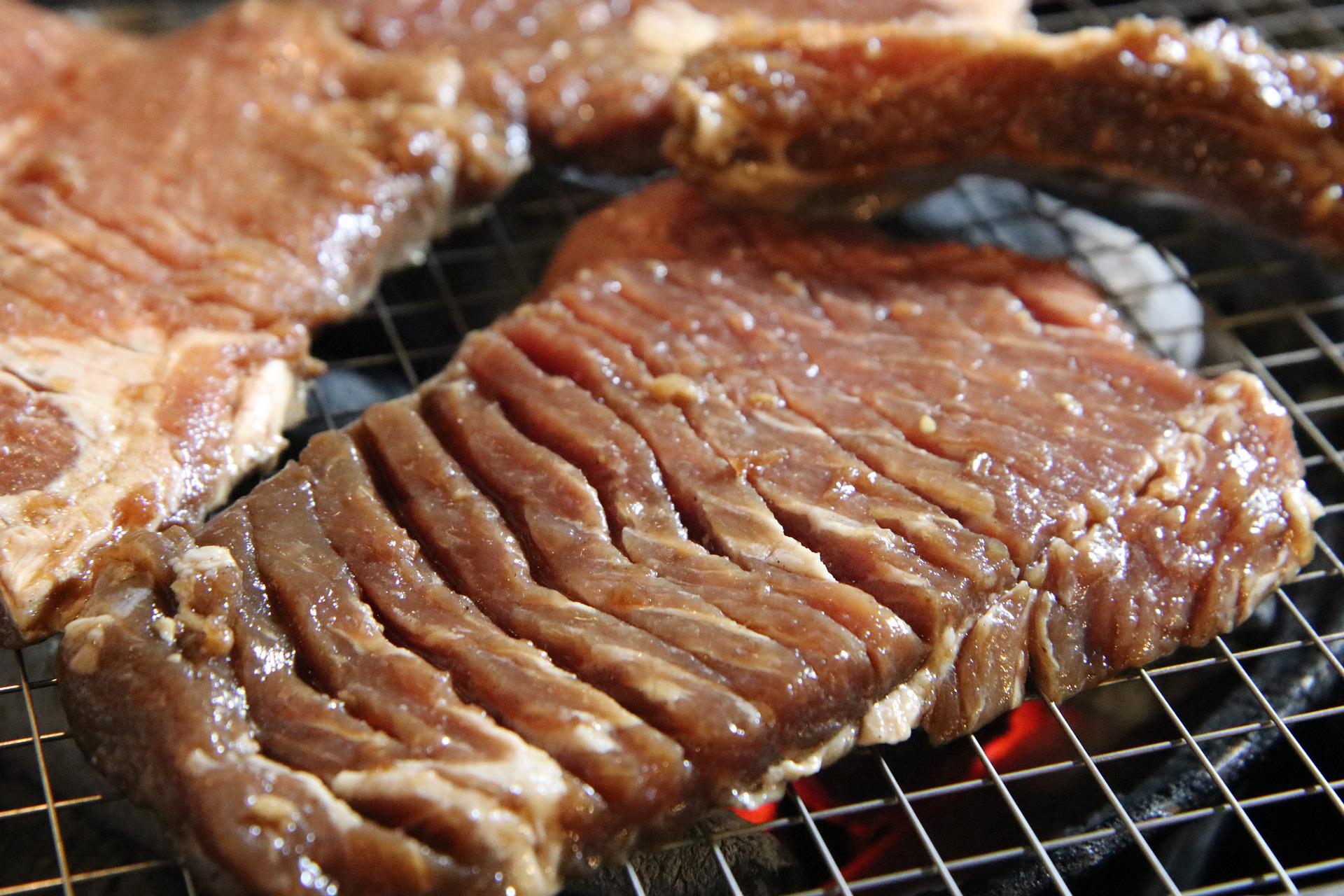
Suwon galbi short ribs are a specialty in the Gyeonggi-Do province of Korea. It’s been said that Suwon galbi started in a restaurant that opened its doors in the 1940s called Hwachunok. At the time, Suwon had the largest cattle market in the country, which makes sense why Hwachunok decided to serve up the sweet and savory beef short ribs. The galbi quickly gained popularity.
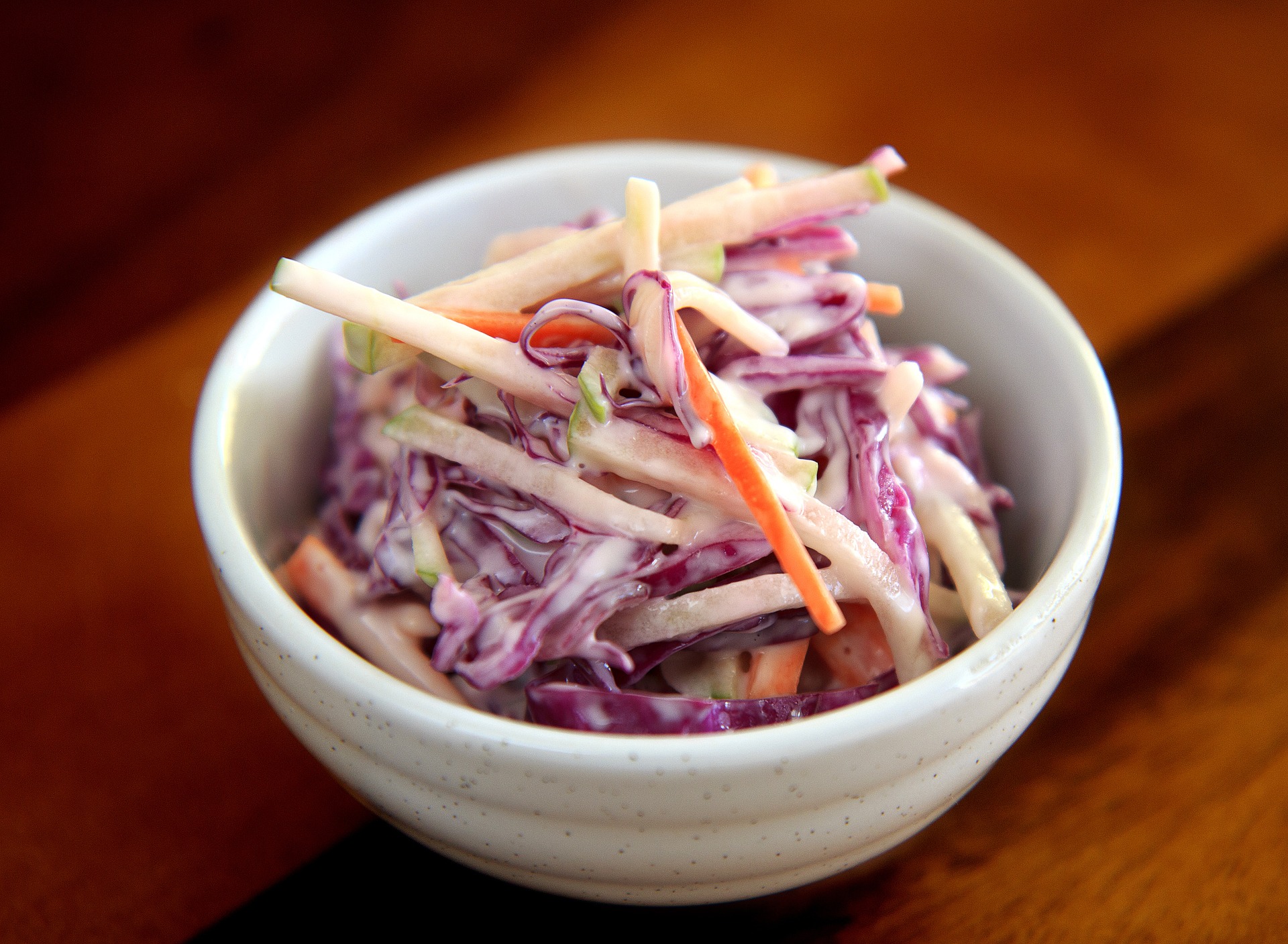
The dish was initially created in the Netherlands. In fact, the term coleslaw originates from the Dutch expression koosla, which means “cabbage salad.” Recipes similar to coleslaw have been found and used in American homes from as early as 1770. However, one of the most pivotal moments in the history of coleslaw was the creation of mayonnaise in the 18th century.
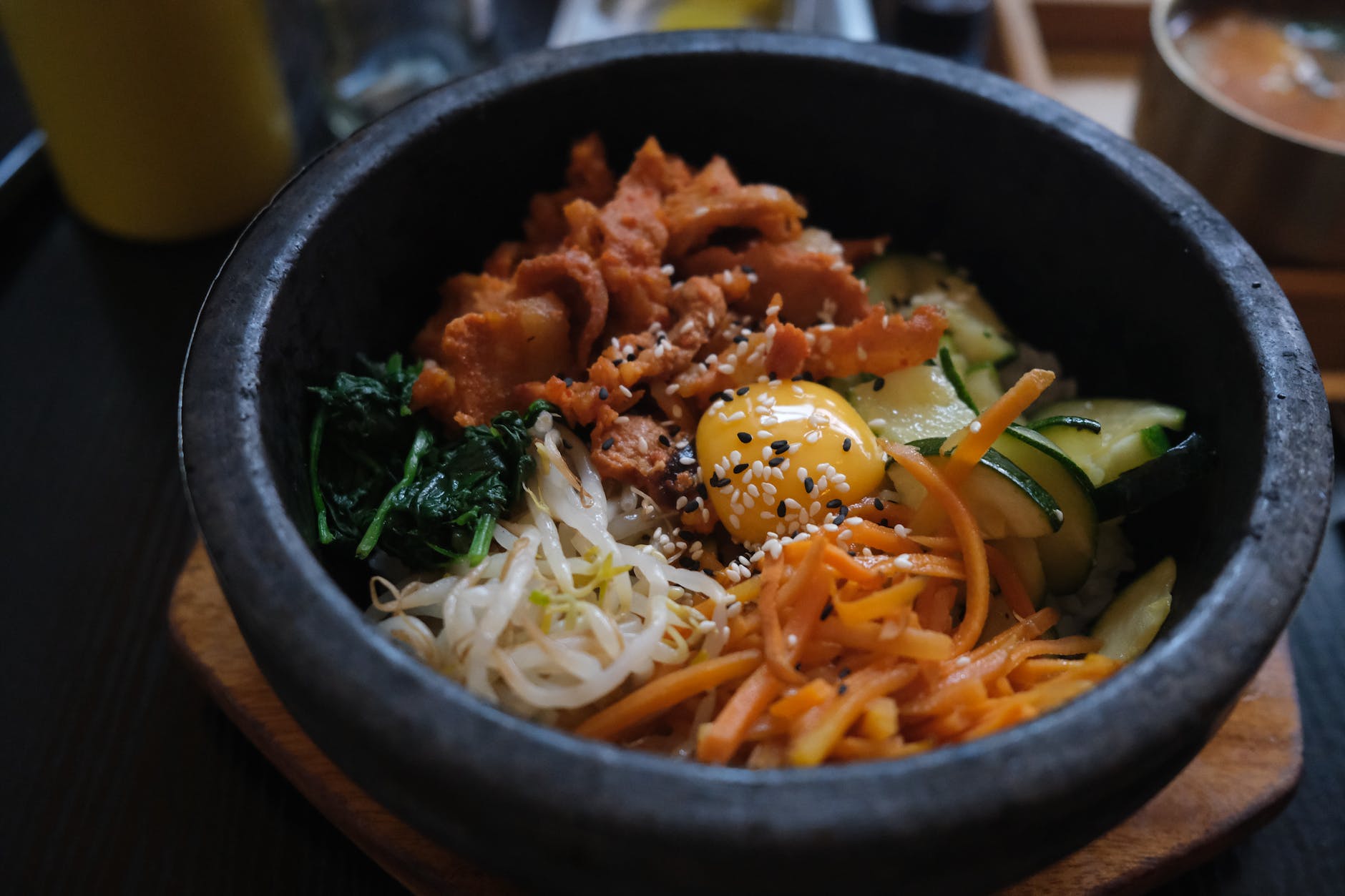
Bibimbap is a popular Korean rice bowl dish served with a variety of seasoned vegetables, kimchi, meats. or tofu, and topped with a raw egg and bibimbap sauce. The best way to enjoy bibimbap is by mixing all of the ingredients with a spoon so the flavor from each ingredient is evenly distributed. Bibimbap was originally known as “goldongban” (which means mixing together various objects with already cooked rice) in the 1400s and then later “bubimbap” in the late 1800s. Between the 1800s and 1900s bibimbap significantly changed in terms of ingredients added to the bowl.
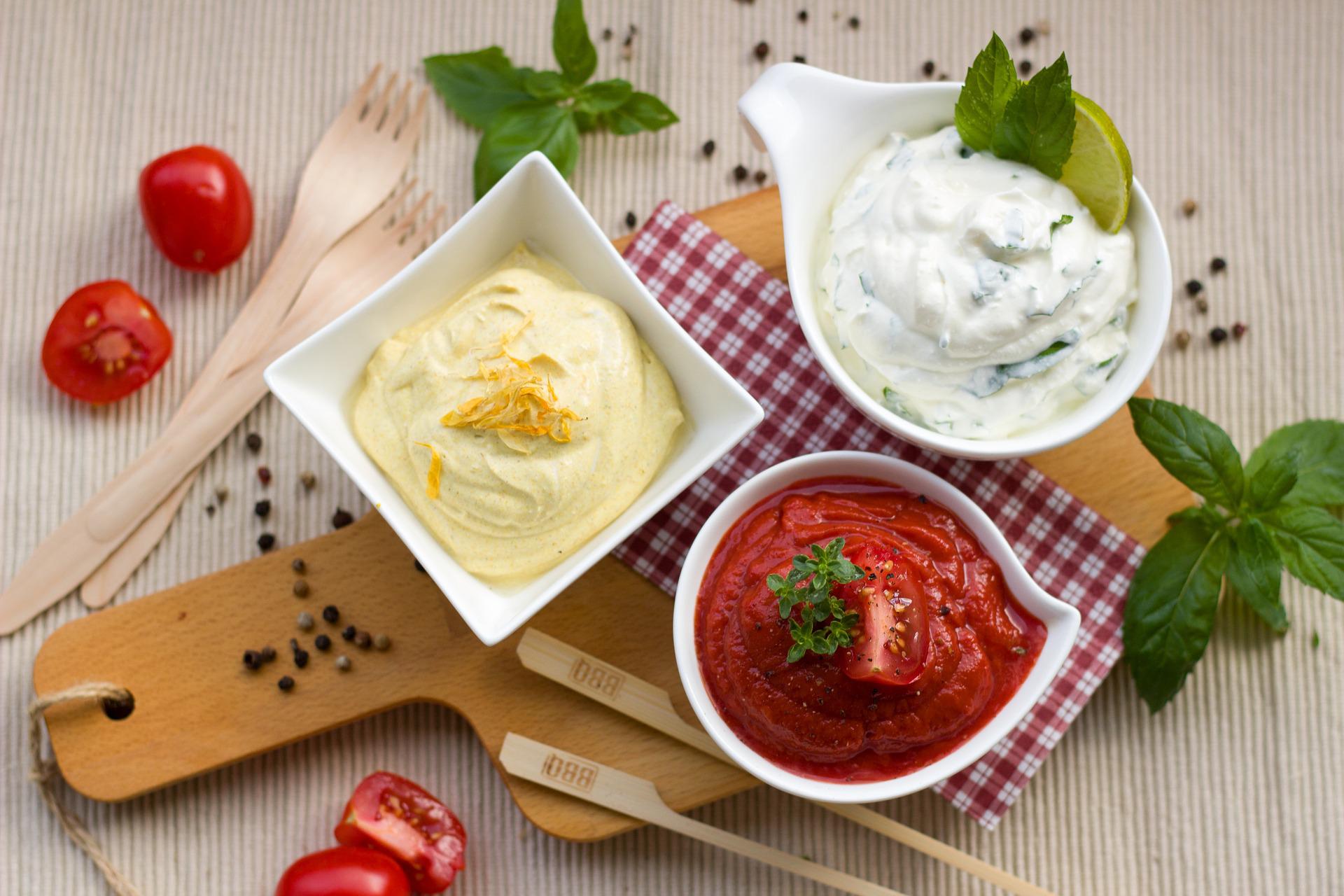
Tarator was the name of a dish made of ground walnuts and vinegar in the Ottoman Empire. The preparation of Tzatziki is very ancient. Probably, this sauce has been created to use to excess of yogurt production. The word Tzatziki derives from the Persian zhazh, that means herb mixture. Recipes similar to Tzatziki are very popular in Middle Eastern countries, Greece, and Southern Balkans. In Turkey, Cacik is a variation of Tzatziki with Sumac spice, fresh mint, and water: served as soup or side dish. In Balkans countries, this sauce is named Tarator, and enriched with walnuts and sometimes minced onions. Tarator is also popular in Albania and often paired with grilled squid.









